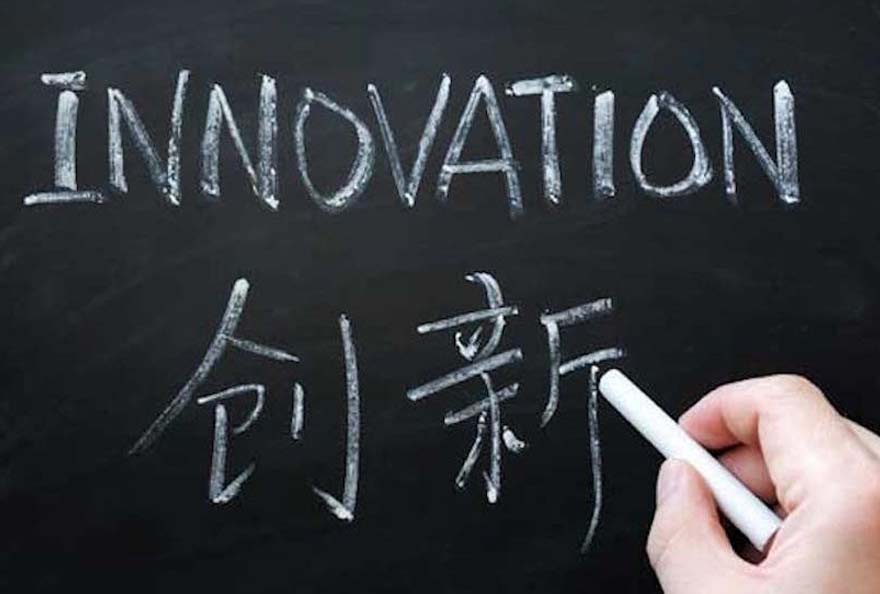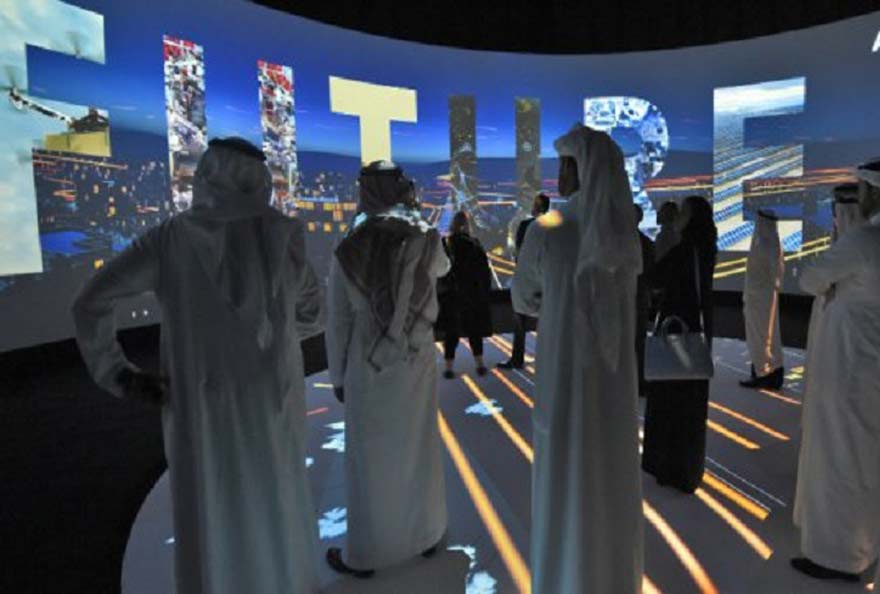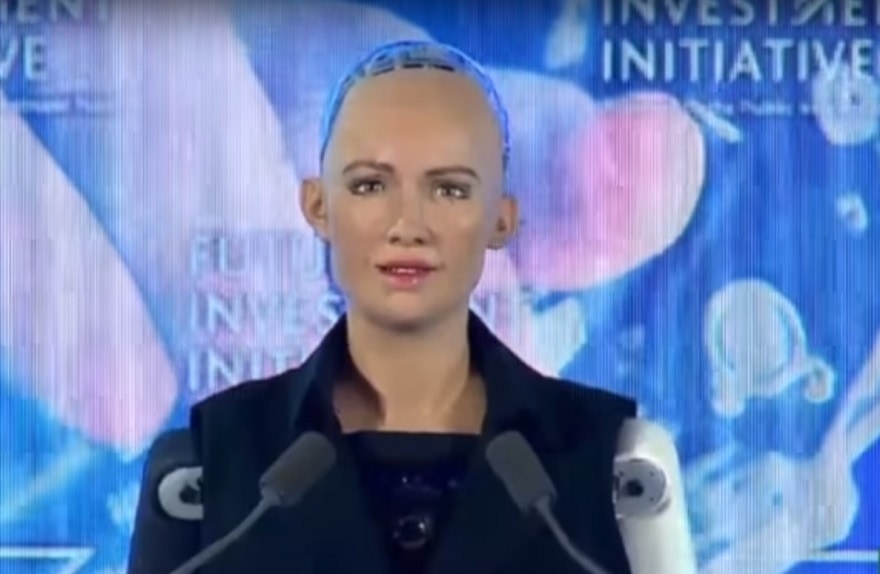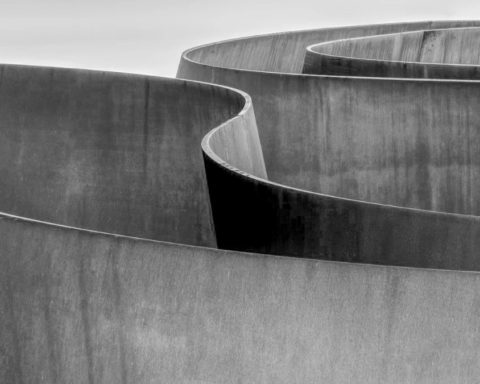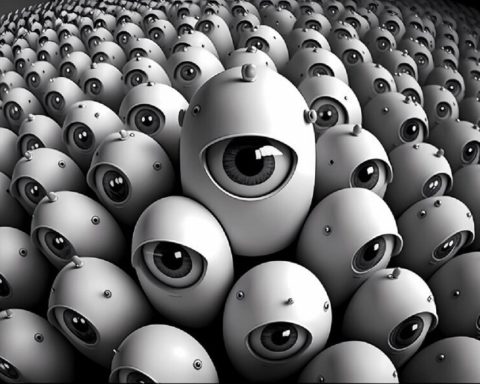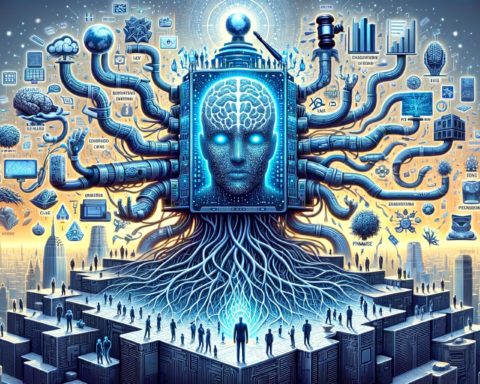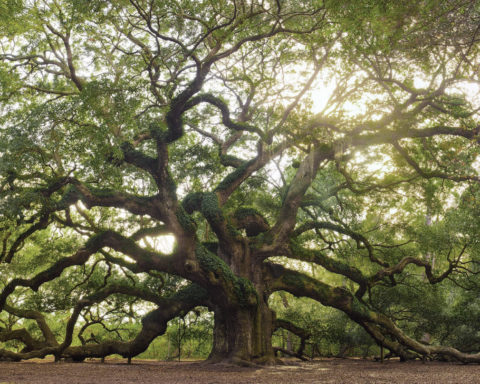China is the world's number one patent applicant and has embarked on very ambitious innovation programs in all sectors of the economy: health, education, urban planning, high-speed rail transport, urban planning, digital transition, infrastructure, sustainable development, industry 4.0, aerospace sector, ... Innovation, especially ecological innovation, has become a priority for Chinese companies and foreign companies active in China, which often cooperate on projects at the cutting edge of global innovation. The October 24, 2017 conference "Innovation Time in China", organized by the Paris Club of Innovation Directors, in cooperation with Synthesis and the China Cultural Center in Paris, gathered more than 150 people. Report of this day of conferences and cross views.
Pbout 150 people gathered in the amphitheatre of the Centre Culturel de Chine in Paris to attend the conference "Time for Innovation in China".
The programme outlined the subject: "As the world's number one patent applicant, China has embarked on ambitious innovation programmes in all sectors: health, education, transport, urban planning, digital transition, infrastructure, sustainable development, industry 4.0, aerospace...".
In a interview with Journal du DimancheFormer Prime Minister Jean-Pierre Raffarin, a specialist on China and Franco-Chinese relations, said this weekend: "China, the world's leading market that bets everything on intelligence, is in the eyes of France a good partner for the future, very committed to multilateralism, unlike Donald Trump's America and more than Vladimir Putin's Russia. It will remain socialist, as Xi Jinping reaffirmed this week at the 19th Congress of the Communist Party. But its economy will remain open, because its priority is innovation. »
But while the Chinese tech market presents significant opportunities for French Tech start-ups, and for French companies in general, it responds to its own codes and can be complex to grasp.
This day of conferences allowed a better understanding of the emergence of this world centre of innovation, through the history and traditions of the dynasties of this country with the intervention of Christine Cayolfounder of Synthesis and YISHU8 in Beijing, but with the analyses of Marc Giget, President of the Paris Club of Directors of Innovationof Laurent Boillot, President & CEO of Guerlain, de Liu Qunkai, CEO of Ali Yun on, in particular, the development of Alibaba's Cloud branch.
But also of Yang Jing, Designer to present us the creation of Bonjour Shanghai and Bonjour Brand, collaborative platforms between French designers and artists and Chinese brands and companies.
And in the presence of Jacques Séguéla, Havas Group VP, who closed the evening by retracing the history of television advertising and evoking the launch of the joint venture Havas GIMC Advertising.

"Why do the Chinese have time? » by Christine Cayol
In her welcoming remarks, Christine Cayol shared her knowledge of China, from experience to adventure, with expressions such as co-construct or co-operate. Passion for China is the common thread among the speakers, with a passionate attraction for its culture.
Then through calligraphy, both ancient and contemporary, and his own relationship with China in the creation of the YISHU8 centre (pronounced "ishouba"), Christine Cayol spoke about the different times and the links with innovation.
- The time of change - Yishu 8's house is a house of the arts created by Christine Cayol in Beijing, a place to receive artists, depending on the opportunities, a place to take one's time for tea, and a place to offer the pleasure of meeting people. This place has also been for Christine Cayol an experience of creation and destruction. In China, a restaurant that has just opened can close 3 months later, a permanent mobility. Yishu 8 was a 4/5 year old project. After 18 months, we came to see her to inform her of the forthcoming destruction of the place. Creation, destruction, re-creation, a very Chinese way of doing business. After the destruction, a rebirth, from 300 m2 to 1,300 m2 in the new configuration.Yishu 8, house of arts in Beijing, is an innovative ecosystem, a path towards the other which is also a path towards oneself, a place of transmission, dialogue and friendships.
- The time of the seasons - In what climate, what atmosphere, what relaxed atmosphere, can innovation emerge?
- Time for mistakes – Test and learn. The European quickly blocks ideas because he analyses them, he concludes rather than trying. In China, the straight line is not always the best way to get there - curved lines and circuitous paths.
- The time of inheritance - Traditions exist only to be respected and transgressed. Time is not linear, boundaries are blurred. From Shitao (1674) à Xu Beihong (1938).
- The time of opportunity - The Chinese likes to catch fish even figuratively in meetings. Being invaded by a field of possibilities, choices, trust. Immobility and speed, that's the key. "The plum trees have bloomed in one night, I ask for the brush, I draw and, sharpened, I compose the nine poems that follow. »
- The time of receptivity - Alibaba and Tai-chi. Capture, receptivity, juggling time. The objectives and the conquest, that's good but deep down what motivates us is a relationship with the world, it's a spiritual posture. Transformations are silent, shared bikes have arrived in Beijing, all of a sudden. Traditional and contemporary landscape
- Time for exchanges - Networks are five centuries old in China, boosted by mobile phones. AliPay and WeChat (QRcode-based mobile payment solution) are very popular in China. There are no "digital natives", everyone uses digital.

Challenges and prospects for Chinese innovation, by Marc Giget
A presentation of the challenges and prospects of Chinese innovation in seven parts.
1 - Long-term impact on innovation
The European Renaissance incorporated many inventions from China, including the compass, printing, gunpowder and silk.
The Ming Dynasty developed the post office, unified measures, heritage conservation. Yongle, 3rd Ming emperor, allowed the development of an exceptional encyclopedia 300 years before d'Alembert and Diderot, but also tolerance, great voyages of exploration, many schools and the Forbidden City.
2 - Accelerating innovation in China
For more than a decade, China has been committed to a development model in which R&D and innovation play a key role. More than 20% of global R&D spending (like Europe) and growing steadily. In the field of patenting, China has experienced an unprecedented evolution: 1/3 of current patents are Chinese. There are innovation directors in all major groups, often future CEOs. Importance of the relationship between the State / Companies / Consumers with a deep expectation on the part of consumers, an expectation understood by brands such as Haier or Huawei.
3 - A 13th plan (2016-2020) focused on innovation
The main sectors targeted are infrastructure, environment, financial services, health, and economic and social. The sectoral objectives of the "Made in China" program are, on average, to reach and exceed the 50% of the Chinese market in high-tech sectors, particularly electric vehicles, next-generation computers and robotics.
4 - Innovation: a priority for Chinese companies
The ten most innovative companies in China are Alibaba, Huawei, Tencent, Lenovo, Sany Heavy Industry, CMB, Baidu, Haier, 360Buy and Wanxiang. The explosion of startup creation in China is supported by considerable financing. 15,000 new companies are registered every day. In five years, the startup ecosystems of Beijing and Shanghai have propelled themselves among the world's top 4 and 8, with Paris ranked 11th in the same ranking. (2017 Global Startup Ecosystem Ranking). Innovation is at the top of the priorities of the leaders of major Chinese companies for the next three years.
The specificities of the Chinese innovation culture are :
- Innovation in the field, on production sites, much more than in R&D or central laboratories ;
- Innovation focused on costs: "disorganization" of products and quasi-systematic low cost recomposition, "80% performance for 50% cost";
- Functional adaptation to user expectations. E.g. Haier appliances (a hundred product families and thousands of models) and washing machines: (clothes, vegetables...);
- Very fast, very varied, multi-product innovations. Testing, application, no reference to the "brand territory". The size of the market leads to astounding success;
- The art of "recombining" and mixing Chinese and external, ancient and modern techno ;
- The obsession with value creation from the outset, even in high tech and the net. Profitability 5 to 10 times higher than in the USA;
- The fascination of the Chinese for the future which favours the creation of "futuristic" products;
- Very dynamic entrepreneurship, ahead of the United States in terms of volume, and more successful.
The Chinese think tomorrow will be better.
5 - The rapid globalization of Chinese innovations
E-commerce in China already accounts for 50 % of all e-commerce worldwide. It should reach 60% in 2020. Alipay is the first mobile online payment service in China. Created by Alibaba, it works with a simple password or by scanning a QR code. It also allows you to transfer money directly to another user. This ultra simple service accelerates China's evolution towards a cashless society. Alibaba opens its first warehouse in France with Aliexpress (August 2017). Already more than 10 million bicycles are already shared in China. These self-service bicycles, without terminal and subscription, such as Gobee.bike, are now available in Paris and France. Taxify, Uber's competitor, backed by Chinese giant Didi, is also coming to Paris (October 2017). Finally, it should be remembered that the USB key is a Chinese innovation.
6 - Large and very large programmes
High-speed lines were inaugurated in China in 2008; the decision to embark on such a project was made after a huge traffic jam that lasted 4 weeks. "Why now? Because the time has come. "Since then, the country has seen an average annual growth of 30% in passenger travel, according to statistics from the China Railway Corporation. By 2016, more than 5 billion passenger trips had been made by high-speed trains in eight years. Bridges, developed by specific machines, highways, dams, wind farms, new cities are being built all over the country in record time. The Chinese space programme, the Sino-European lunar station project and FAST, the world's largest radio telescope, are among these major projects. China's first commercial aircraft, the C 919, rolled off the production lines in 2016 and cooperation with Airbus is expanding. Finally, the Chinese initiative to renew the Silk Road is a very "Renaissance" project.
7 - The fundamental challenge of sustainable development
Ecology and sustainable development: the top priority of the 13th Plan and China's active participation in the global "Sustainable Development Goals" programme. China is the world's leading investor in renewable energy and electricity production from wind power has surpassed nuclear production since 2012. The installation of 40MW of floating solar panels in Huainan is the largest in the world. China has already become the world's leading supplier of solar and wind energy, both in terms of equipment and services, as well as the leading investor in R&D.
It now aims to take global leadership in electric and environmentally friendly vehicles. Finally, given the scale of the ecological problems, there are many green urban planning projects. "The problems are born in China, and so are the solutions. "Tianjin is the largest eco-city program in the world, carried out in cooperation with Singapore. 22 billion $ have already been invested. There are also programmes for the rehabilitation of wetlands in urban areas.

The history of the development of the CHA LING brand by Laurent Boillot, President & CEO of Guerlain
Time of nature, Time of culture, Time of the human being
Laurent Boillot introduced us to the epic Cha Ling, a Sino-French brand, born from an intuition that later became an innovation at Guerlain.
It all began with tea and a quote from Shen Nong dating back to 2737 BC : "Tea tastes bitter. This drink can speed up thinking, reduce the desire to sleep, make movements more agile and make vision clearer.". Tea has been used in Chinese medicine for 4000 years for its medicinal properties and the therapeutic benefits of tea, especially the antioxidant substances have been covered in more than 5000 scientific publications worldwide.
And among these teas, PU'ER is the oldest and most legendary, in the only tropical rainforest nature reserve in China with surprising biological diversity in the rainforest. A region, rich in nature, historical and cultural resources, famous for its folklore, tropical forests, rare plants and fauna.
Laurent Boillot, passionate about Chinese culture and nature lovers, was marked by an encounter with Josef MargrafD. in biology, central figure and pioneering researcher in the development of the concept of "tropical forest" and his wife Minguo Li Margraf, ecologist and former journalist, founder and director of "tianzi biodiversity & development centre".
"The sparks come from the magical meeting, the bonds established, a beautiful place, shared values and a lot of synchronicity.
From this meeting in the mountains and forests of tea millennium was born on December 12, 2012, the idea of a range of cosmetics based on the spirit of tea, under the brand name Cha Ling.
Came on time for innovation with LVMH research The Pu'Er tea of the ancient forest: more than 10,000 hours of study on Pu'Er tea from the ancient forest to select among 25 teas and 8 terroirs. Sha Ling is also the association with traditional Chinese medicine such as Gua Sha, an essential beauty tool to support the anti-ageing and detoxifying benefits of the products in the range, a range organised according to the time of day (morning, noon, night, weekend, season) based on the biological rhythms of the body and skin care associated with acupressure to rebalance the body's vital functions and contribute to skin health.
And then comes the time of marketing, the first store in China, with Chinese designers and architects, minimal and environmentally friendly packaging to tend towards "irreproachable asymptote" while thinking of the time of future generations.
The development of Alibaba's Cloud branch by Liu Qunkai, CEO of Ali Yun
Mr. Liu Qunkai, presents Alibaba, a giant of e-commerce, the Chinese Amazon. And the company has nothing to envy its competitor. Just one example, the Global Shopping Festival event on November 11th which took place in 2016, generated on the different platforms of the group a turnover of 17.8 Ms of $ in 24 hours including more than 80% of orders by mobile. 100 Maseratis sold in less than a minute! By comparison, the CyberMonday, the American equivalent of this 24-hour marathon based on major promotions generated only 3 Ms $ (2015).
Alibaba is also Alipay, a QRcode-based mobile payment solution with more than 800 million users.
It's finally Ali Yun, the Cloud branch of the company which has just moved up to 3rd place in the world, behind Amazon (Web services) and Microsoft but ahead of Google. Ali Yun has signed an exclusive agreement for Asia with Docker, a software container company, which recently received an award. Innovation Team Best Practices " awarded at the beginning of September by the Paris Club of Innovation Directors.
The creation of Bonjour Shanghai and Bonjour Brand, collaborative platforms between French designers and artists, and French and Chinese brands and companies, by Yang Jing, Designer
Yang Jing maliciously asks us the question "what am I doing here among all these innovation managers and all these brilliant people? » Having said that, he is himself an entrepreneur, as he describes it to us: "The 17-year-old Chinese boy is very demanding. He doesn't want to live like his parents. "As Marc Giget pointed out earlier, product and service design is very important in China. So the idea was to create a bridge, a platform between creativity and industry, in France and China, and the birth of the "Design for the Future" project. Hello Shanghai 250 designers are present on the platform, they have worked with Chinese companies such as OFO (self-service bikes), Baidu, the Chinese Google or a Chinese jeweller, 1.5 the size of Cartier.
Hello, Brand. is an annual event allowing the physical meeting of designers and companies, straddling between China and France. The first edition in 2014 took place in Paris, the second one allowed 50 French designers to go to the Palais du Peuple in Beijing. For the third at UNESCO, more than 100 Chinese designers made the trip. The fourth took place in Paris and at the heart of the International Design Biennial in Saint-Etienne on 6 April 2017. Since 2014, 250 French designers have taken part in these meetings, with more than 50 collaborations established with nearly 1,400 Chinese companies.
The filmed interventions of this day are available on the Vimeo website of Innovation Tuesdays. https://vimeo.com/channels/mardisinno
To better understand and be inspired by innovation in China, join the "China Innovation Network". Learning Expedition China" from 12 to 18 November 2017 (Beijing, Tianjin, Shanghai) organized by the Paris Club of Innovation Directors.
To take part in this learning expedition, contact Sylvie Borzakian, 01 49 23 75 03, borzakian[at]institut-innovation.com
Photos © Marc Giget

